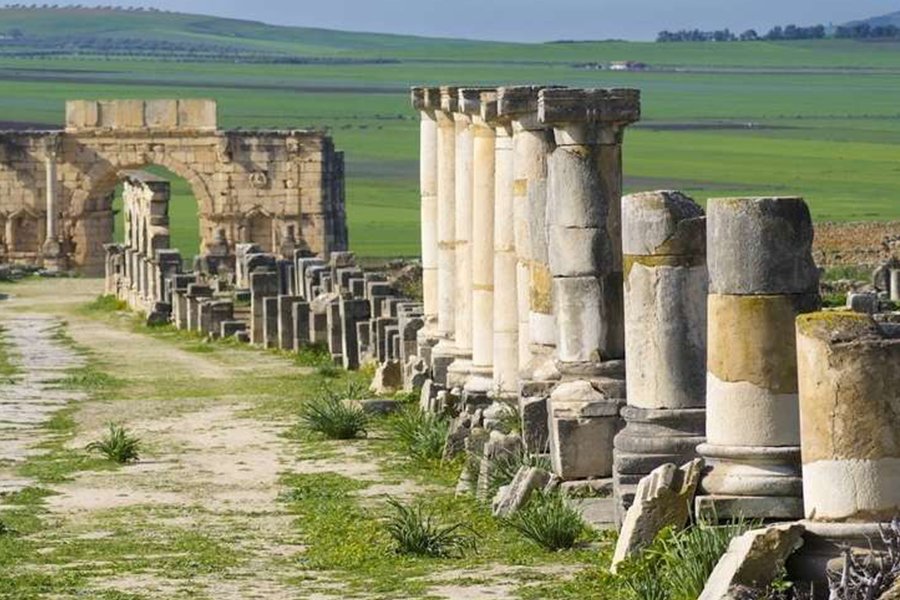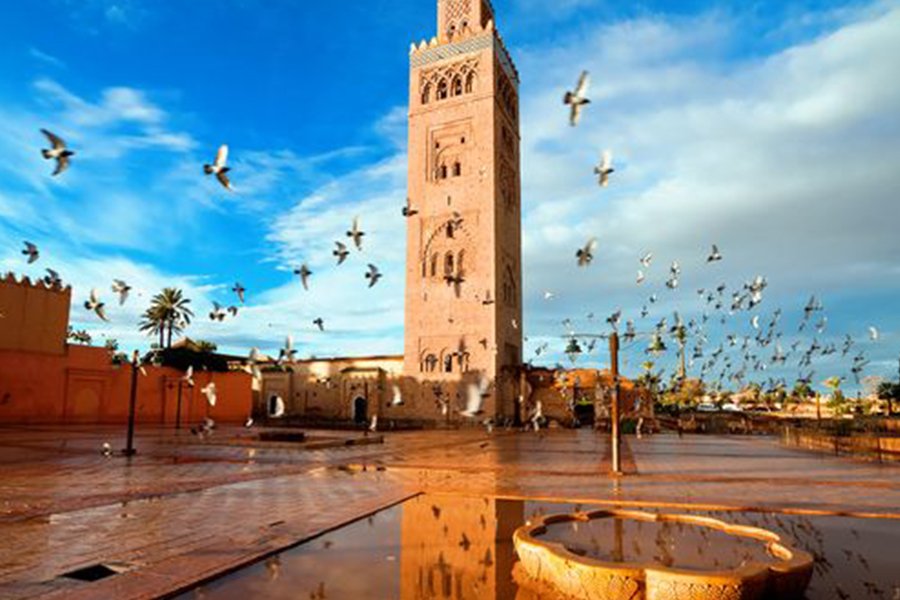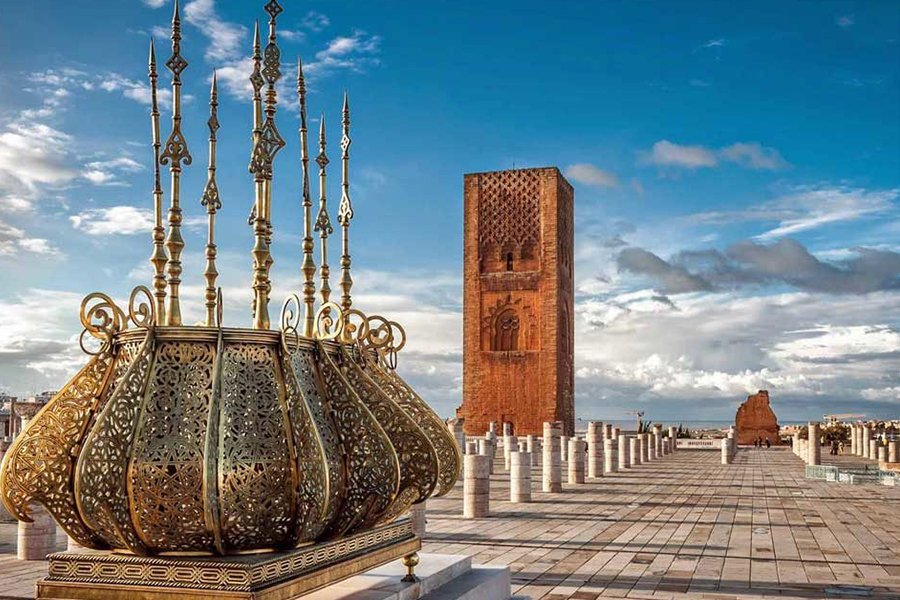Day 3: The imperial city of Fes
A joyful day starts from your accommodation (riad/hotel). After your Moroccan breakfast, drive forward to Ouazzane via the Rif Mountains. These mountains belong to the Alboran Sea geological region. The Rif Mountains are not part of the Atlas Mountains System. After an hour and a half of driving through Rif Mountains curves, we reach another northern town called Ouazzane. The city is well-known throughout the Islamic world as a spiritual capital, and it was home to many of the pillars of Sufism, and it was also known as the “House of Safety”. Thus, Ouazzane was the Holy City of Moroccan Jews. They made pilgrimages there to venerate the tombs of Moroccan Saints (Marabouts). Therefore, Ouazzane was an important city to supply a base for the French Army in 1926.
After a couple of hours’ drive, we will get to Fez, a fourth imperial city. It was founded under the Idrisid dynasty during the 8th-9th centuries, and it is located northeast of the Atlas Mountains and is linked to a couple of cities in different regions as well Fes known as a spiritual city. In Fes, you will explore the sights of the new city and the old medina with our professional guide. The sites include:
• Royal Palace Gate: The Royal Palace is one of the most elegant structures in Morocco with a large and impressive gate; it’s located in the new part of Fez (Fes El Jdid). The royal palace was rebuilt by the Alaouites dynasty starting in 1969-1971. The gate of the palace had an excellent piece of modern Moroccan craftsmanship. And it is decorated with mosaic tile and carved cedarwood, as well as the gate, which has gilt bronze covered in geometric patterns.
• The Jewish headquarters: The first Mellah ever built in Morocco, built during the 16th century, as you know that Fez had long hosted the largest and one of the oldest Jewish communities in Morocco.
• Bab Boujloud Gate: The Bab Boujloud Gate is the most famous in Morocco. It is also the main entrance to the Medina. See the striking blue and green colors that cover either side of this monumental gate.
• South Borj: On the hills overlooking the old city (Medina) of Fes, built by the Saadian dynasty in 1582.
• Andalusia Mosque: This stunning mosque is easily definable by its imposing green and white minaret. Built at the end of the 9th century by a woman, its wood carvings are exquisite.
• Tanners’ District: One of the main attractions of Fez, the tanners’ quarters is where leather is produced using the same centuries-old methods. You can get a bird’s eye view from the raised platform and watch the entire process.
• El-Attarine Madrasa or the Medersa Attarine: Visit Fez’s most popular attraction, the El-Attarine Madrasa in the heart of the city, built in 1325. See the fine examples of Merenidcraftsmanship around the madrasa, especially the stucco and cedar wood carvings on the ceiling.
• Karaouine Mosque: One of the biggest religious structures in Morocco, this mosque lies in the heart of the medina. The university attached to the mosque has been the center of Islamic learning in Morocco for more than 1000 years.
• Azouia Moulay Idriss: The tomb of Moulay Idris is a highly revered shrine. At the entrance, women pass offerings through a hatch, which is also as close as a non-Muslim can get.
• Place Nejjarine: A beautiful fountain can be seen at the Place Nejjarine, a square deep in the heart of the medina. It is also home to the Nejjarine Museum of Wood and carpentry and showcases Fez’s renowned wood-carving tradition. See exquisite furniture, thrones, and objects of everyday use. Nearby is the souk of the carpenters.
The tour breaks for lunch at Moroccan restaurants in Medina. After lunch, continue with your guided exploration of the attractions of Fez.
The highlights of this tour include:
.
• Tombs of the Merenid Dynasty: Get spectacular views over the city from this resting place of the Merenid Sultans who played a crucial role in making Fez the cultural and religious capital of Morocco. The ruins are a great place to take in the sprawling vistas of the Medina below.
• District of the potters: See where the world-famous cobalt blue enameled pottery is made.
In the evening, we will drop you off at your riad.










